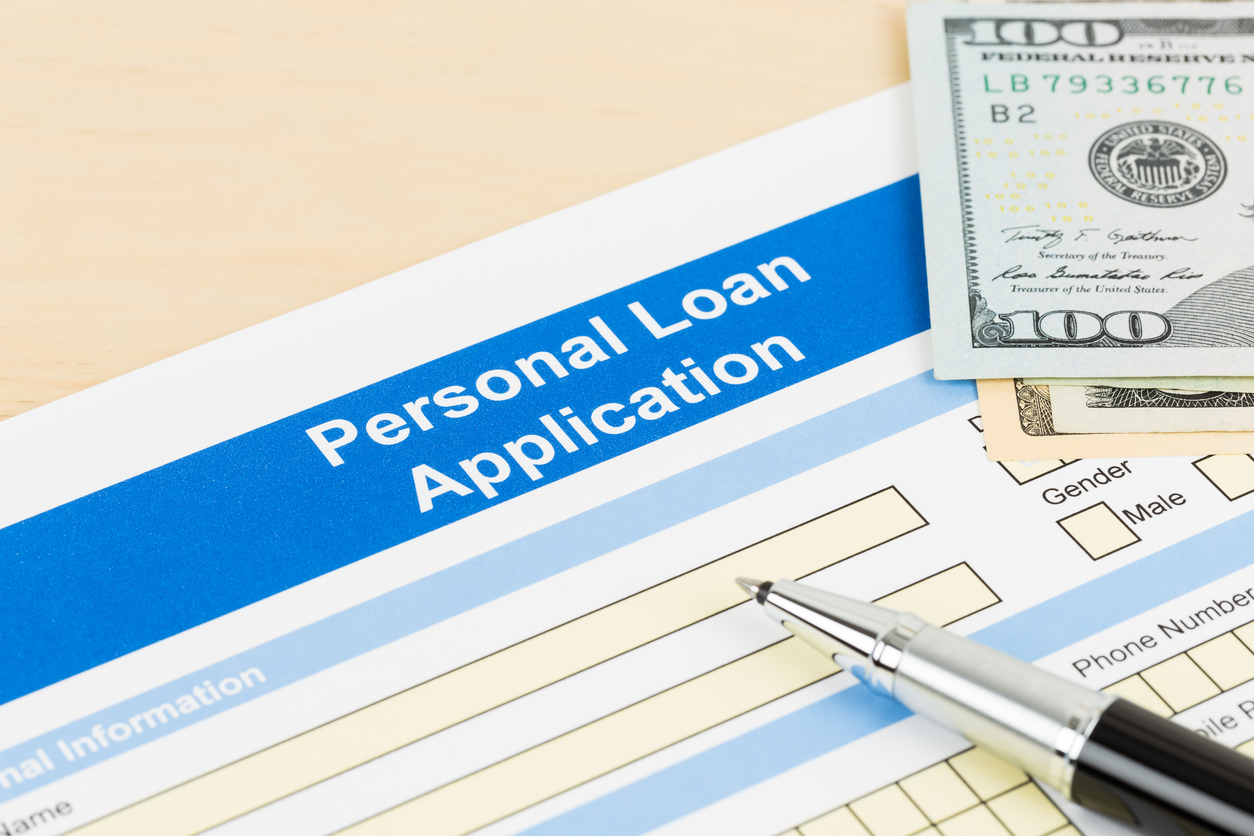Unlock Insights
Your one stop shop for the news of the day, personal finance, and home ownership tips.
Featured
How to Stop Living Paycheck to Paycheck
Stopping the cycle of living paycheck to paycheck can be tough. Reducing expensive debt and getting a handle on spending can help.
Read More

Filter by topic
Is it Worth it to Do a No Spend Challenge?
Cutting all unnecessary spending for a sustained period of time can be a great way to save money. Just steer clear of splurging when you're done with the challenge.
9 Ways to Start Saving More
Experts recommend saving 20% of your take-home pay and creating an emergency fund. If you're struggling to reach those goals, these tips could help.
Your Credit Utilization Ratio: What is It and How to Improve It
Having a healthy credit utilization rate can make you a more attractive candidate when it comes to applying for credit or borrowing money. We look at how to manage and improve your rate.
2025 Economic Outlook: Homeowners Feeling the Pinch
More than half of U.S. homeowners are feeling uncertain or pessimistic about the economy, according to Unlock's first economic survey. Read more about how homeowners are viewing their finances, savings and expenses this year.
Tax Season is Here: What to Do Before You File
It's officially tax season. If you haven't already started preparing your return, here are some steps you can take to make the process less stressful.
Personal Loans: What They Are and How They Work
A personal loan is an unsecured loan that provides borrowers with a lump sum to use for a variety of purposes. Learn more about whether this type of loan is right for you.
Seven Financial Moves to Make Before the Year Ends
You might be busy with the holidays, but don't forget to address some key financial tasks before the year ends. We look at the steps to take before ushering in 2025.
Using Credit Cards Wisely This Holiday Season
Credit cards can offer security and convenience when holiday shopping. To use them wisely, stick to your budget and avoid carrying a balance.
Making the Most of Lower Interest Rates
Wondering how lower interest rates might impact you? Paying down debt, buying a home or making home improvements could become more affordable.
8 Budgeting Apps to Help You Stay on Track Financially
Budgeting apps can make it easy to track your finances. We explore eight options to help you get started.
How to Stop Living Paycheck to Paycheck
Stopping the cycle of living paycheck to paycheck can be tough. Reducing expensive debt and getting a handle on spending can help.
9 Ways to Save Money During Your Summer Vacation
Travel expenses include more than just the cost of transportation and lodging. Here are some tips on how to save money while you're on vacation.










